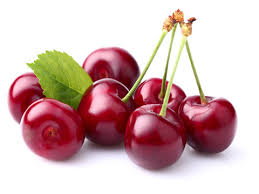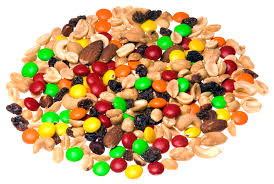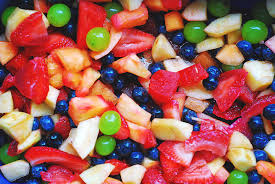Nutritious Noshing

ou probably know that the word nosh comes to us from Yiddish, which in turn took it from the German naschen, “to nibble.” Most of us think of nosherai – snack food – as junk food. But noshing can also mean simply eating between meals, without the unhealthy connotation. So how can we nudge ourselves toward more nutritious noshing?
To start, I have a challenge for you: keep track of your noshing for three days. Yes, write down all those between-meal chips, cookies, fruits, and granola bars. Then analyze what you see. Do you have a snack at least once a day? If so, you are like nine in ten Americans, according to national dietary surveys. The fact is, noshing even several times daily is not inherently good or bad. It all depends on the quality of the foods you’re eating. Many of the most common snacks, such as chips, cookies, and candy bars, are high in salt or sugar and may contain poor-quality fats and other undesirable ingredients. This is not ideal. There are many better choices available. For example, choosing snacks that are high in protein can actually provide many health benefits.











